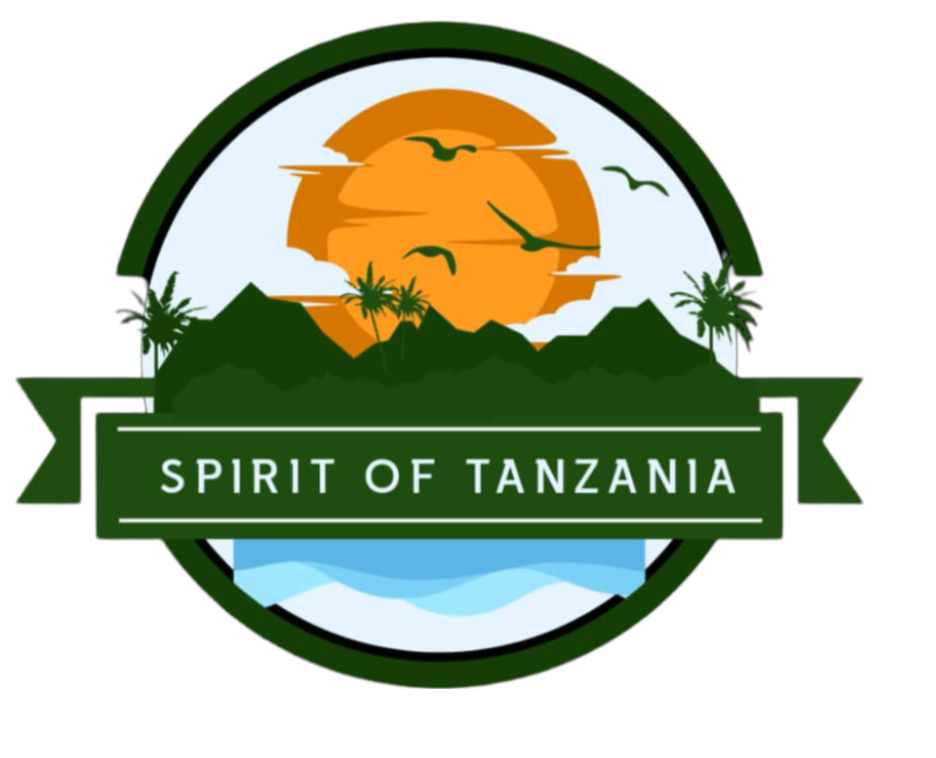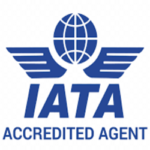6 DAYS MOUNT KILIMANJARO UMBWE ROUTE
The Umbwe Route offers a thrilling and challenging climb for seasoned trekkers. Starting from the southern side of Mount Kilimanjaro, this route is known for its steep gradients and direct path to the summit, providing a rugged and adventurous ascent.
Highlights:
- Dense Rainforests: The trek begins through lush rainforests, rich with diverse flora and fauna, creating an immersive and vibrant experience.
- Steep Ascent: The direct and steep path enhances the challenge and excitement, perfect for experienced climbers looking for a strenuous climb.
- Scenic Vistas: As you ascend, enjoy breathtaking views of Kilimanjaro’s landscapes and the surrounding terrain, including striking volcanic features and expansive vistas.
- High Altitude Scenery: The route offers stunning panoramas as you climb above the forest canopy, revealing dramatic mountain landscapes.
- Summit Achievement: The climb culminates with a descent via the Mweka Route, showcasing diverse ecological zones and providing a rewarding end to the journey.
The Umbwe Route is ideal for those seeking a demanding climb with spectacular mountain scenery and a sense of true adventure.
This is probably the hardest route up Kilimanjaro. A thoroughly tough uphill struggle liked by most mountaineers. As a reward for your Endeavour’s, however a clear day will provide you with views that many guides and porters insists are the best there are at Kilimanjaro.
Day 1:
From Umbwe Gate you ascend through forestry track before it narrows and steepness to climb a ridge between Lonzo and Umbwe Rivers. This is the steepest part of the entire trek. Eventually after hours of this exhausting exercise, and again in altitude of 1050 approximately, you reach a rocky overhang. This is Umbwe Cave (2940m) a popular first night Campsite with plenty of water sources available.
Day 2: Roughly after 45 minutes after breaking camp, you emerge from the forest gloom onto the heather, to be presented with two awesome sights. The breathtaking Breach Wall – all 1000m of it – and the glory of the Kibo summit. Finally the gradient eases and the day is spent ambling through moorland vegetation to the Barranco Hut Campsite nestling on your right time to enjoy your dinner and camp overnight.
Day 3:
After Breakfast, you leave Barranco Camp and continue on a steep ridge passing the Barranco Wall to Karanga Valle Camp for overnight
Day 4:
After Breakfast, you leave Karanga Valley Camp and scrabble up cliff to leave the valley. You continue to the Barafu Hut, which is located at an altitude of 4600 meters. You have completed the Southern Circuit, which offers views of the summit from many different angles. Here you camp, rest enjoy, dinner and prepare for the summit day. The two peaks of Mawenzi and Kibo are to be seen from this position.
Day 5:
Early morning, you continue your way to the summit of Uhuru Peak at 5895 meters. It can be bitterly cold at night at these elevations, but it will be quite warm by the end of the hiking day. You will want clothing for both extremes with you. At Uhuru Peak, you have reached the highest point of Mount Kilimanjaro and the continent of Africa.
Faster hikers will see the sunrise from the summit. You now make your descend continuing straight down to the Mweka Hut Campsite at 3100 meters. This part of the descent takes about 5hours. You will want gaiters and trekking poles for the loose gravel going down. Later in the evening you enjoy your last dinner on the mountain and a well earned sleep.
Day 6:
After breakfast, you continue to descend down to the Mweka Park Gate. At lower elevations, it can be wet and muddy. Gaiters and trekking poles will help. A vehicle will meet you at Mweka village to drive you back to the Hotel in Moshi / Arusha.
INCLUDED IN TREKKING PACKAGE:
Kilimanjaro trekking according to the itinerary
Professional, English-speaking Wilderness First Responder & CPR certified Guide
Proper Ration of Mountain crew (Cook & Porters)
Pre and Post accommodations (2 nights Bed and Breakfast)
Airport Transfers
Meals according to the itinerary
Drinking water and Full Board Meals
All National Park & Hut Fees, Crew Permits and VAT
Fair and Sustainable Salary Crew Wages
Gate Transfers
Complimentary Oxygen Cylinder
Credit Card Transfer Fees
EXCLUDED FROM TREKKING PACKAGE:
Flights
Visa fees
Travel or Medical Insurance is required and you should ask for Recommendation
Gamow Bag
Medication
Tips for porters and mountain crew is recommended $450 per person
Personal spending money for souvenirs etc.
Energy food & beverages, alcoholic and soft drinks
Personal hire gear such as trekking poles, sleeping bags, etc.
Additional lodge nights if early descent from the mountain
How to Book
- Click Button Below
- Fill the Form .
- Send us the form.
About this Tour.
- Best price guarantee
- No charges on request
- Over 1000 Tourists Served by us
- Response within 24 hours
Lock this Trip Today.
- 30% Booking Deposit
- All Departure are Guranteed
- Chat with Our Experts Live
- Value for Money Guarantee
Why Travel With Us.
- Expert Local Knowledge
- Luxury and Comfort
- Personalized Itineraries
- Your Safety First
Frequently Asked Questions about KILIMANJARO TREKKING
The best time to climb Mount Kilimanjaro is during the dry seasons, from January to mid-March and from June to October. These periods offer the most favorable weather conditions and clearer views.
Climbing Mount Kilimanjaro is challenging due to the high altitude and the physical demands of the trek. However, with proper preparation, acclimatization, and determination, many people of varying fitness levels successfully reach the summit.
No, Mount Kilimanjaro is a non-technical climb, which means you don’t need specialized climbing equipment or technical skills. It is essentially a high-altitude trek.
The duration of the climb depends on the chosen route. The most popular routes, such as Marangu and Machame, typically take 5 to 7 days to complete.
There are several routes to the summit, each offering unique experiences. Popular routes include Marangu (Coca-Cola route), Machame (Whiskey route), Lemosho, Rongai, and Northern Circuit.
Success rates vary by route and climber preparation. Generally, longer routes with better acclimatization opportunities have higher success rates. On average, the summit success rate ranges from 60% to 90%.
Essential items include layered clothing for varying temperatures, sturdy hiking boots, a warm sleeping bag, a headlamp, a first aid kit, and plenty of snacks. A detailed packing list is typically provided by tour operators.
Yes, Tanzanian regulations require all climbers to be accompanied by a registered guide. Guides, along with porters and cooks, ensure safety, provide support, and enhance the overall experience.
Acclimatization is key to preventing altitude sickness. Climbing slowly, staying hydrated, and choosing longer routes that allow more time for acclimatization can help. Some climbers also use medications like Diamox to mitigate symptoms.
Accommodation varies by route. On the Marangu route, trekkers stay in huts with basic facilities. Other routes offer camping, with tents set up by porters.
Meals are prepared by cooks and typically include a variety of nutritious foods to keep climbers energized. Common meals include soups, pasta, rice, vegetables, and fruits.
If a climber cannot continue due to illness or exhaustion, guides will assist in descending to a lower altitude or arrange for evacuation if necessary. Safety is the top priority.
Ready for an unforgettable adventure?
Contact us now to book your Kilimanjaro Trekking!




